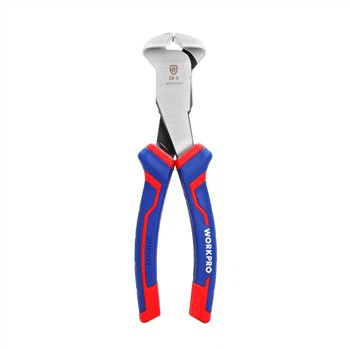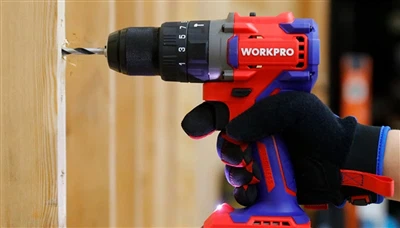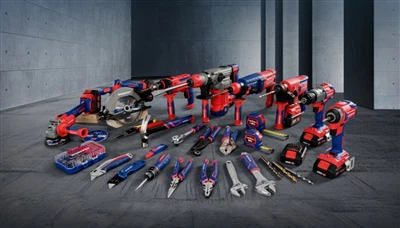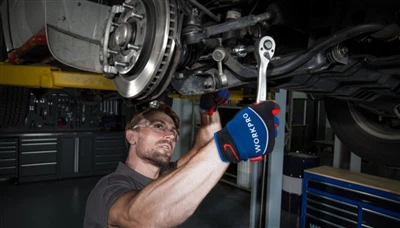When tackling home repairs, DIY builds, or automotive work, the choice between a socket and a wrench may seem simple - until you're actually holding both in your hands. While these tools often overlap in function, each has unique strengths depending on the job. Understanding when to use a socket versus a wrench can save time, improve efficiency, and protect both your tools and your materials.
Let's break it down.
What's the Difference?
Wrench (Spanner):
A wrench is a hand tool used to grip and turn nuts and bolts. They come in several types:
Open-end wrench – great for tight spaces
Box-end wrench – provides better grip around the entire bolt
Combination wrench – combines open and box ends
Adjustable wrench – versatile, fits different bolt sizes
Socket:
A socket is used with a ratchet handle to turn fasteners. Sockets fit over the bolt head, and the ratchet allows for quick tightening or loosening without repositioning the tool.
Types of sockets include:
Standard and deep sockets
Metric and SAE sizes
Impact sockets (for power tools)
⚙️ When to Use a Socket
✅ Best For:
Speed and efficiency: The ratcheting mechanism allows rapid fastening with minimal movement.
Tightening or loosening bolts in deep or recessed areas
Automotive repairs: Lug nuts, engine components, suspension systems
High-torque applications: When you need maximum grip and leverage
Example:
Changing a car tire? A socket with a long handle or torque wrench is your best bet - you'll save time and avoid stripping the lug nuts.
When to Use a Wrench
✅ Best For:
Narrow or obstructed spaces: Where a socket won't fit
Quick adjustments:
Open-end wrenches are handy for fast one-side access
Plumbing, furniture assembly, or bicycles
Fine control or precision work
Example:
Tightening a bolt behind a sink or adjusting a bike pedal? A slim, angled wrench will get you in where a socket can't reach.
Why Not Use Both?
Many experienced DIYers and professionals carry both tools in their kit - because together, they cover almost every fastening task.
For example:
Loosen a rusted bolt with a wrench, then quickly spin it off with a socket.
Use sockets for assembly and wrenches for final torque adjustments.
Job Type Best Tool
| Car tire change | Socket |
| Plumbing pipe fitting | Wrench |
| Bike repairs | Wrench |
| Deep bolt in tight space | Socket |
| Furniture assembly | Both (Socket + Wrench) |
Final Thoughts
There's no one-size-fits-all answer. The smartest approach is to understand the strengths of each tool and use them accordingly. Sockets bring speed and power; wrenches offer access and control. The right choice depends on the task, space, and your comfort level.
With the right tool in hand - and the right knowledge - even the toughest bolts are no match for you.
Explore WORKPRO's full line of hand tools and socket sets at www.workprotool.com
For bulk orders or dealer inquiries: sales@workprotool.com











